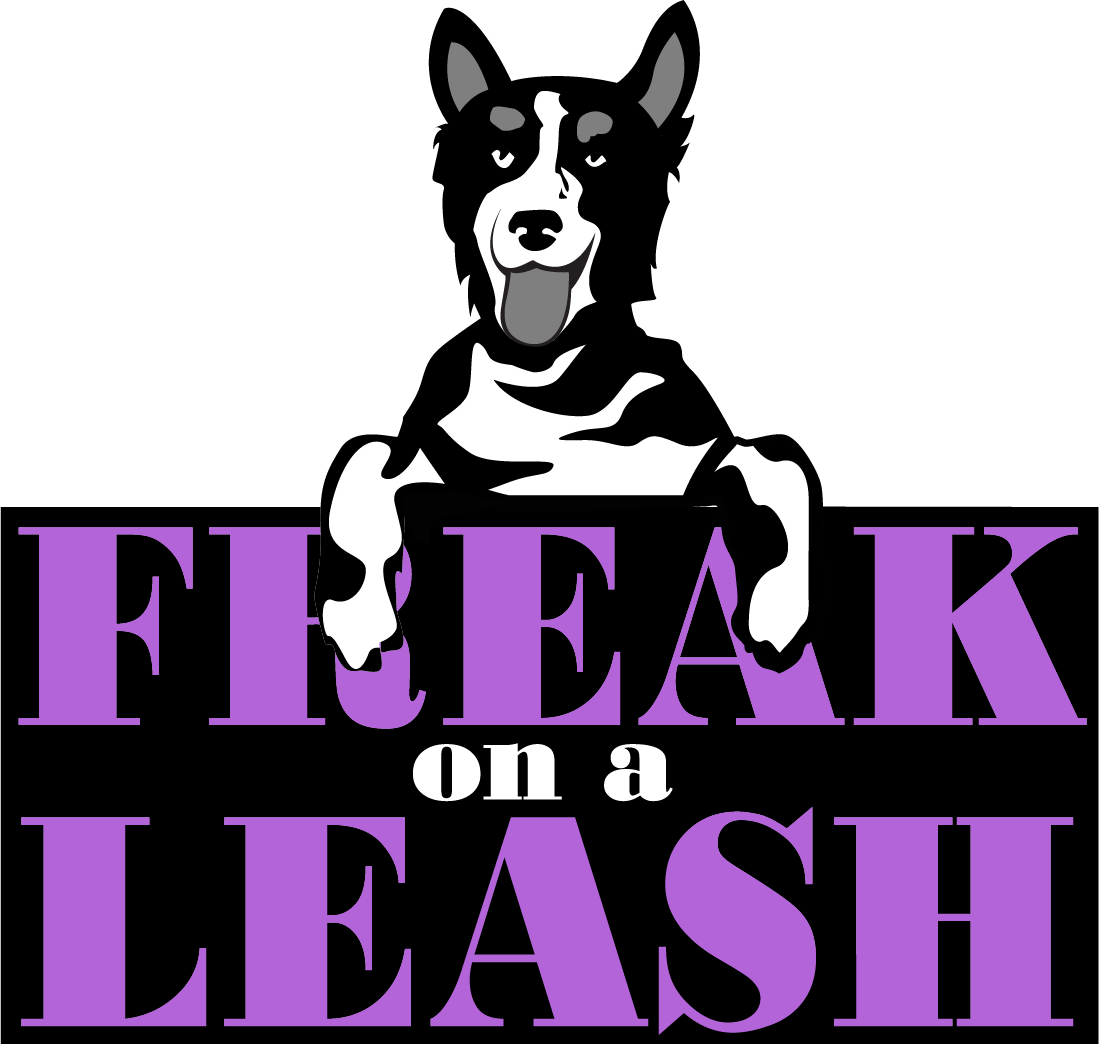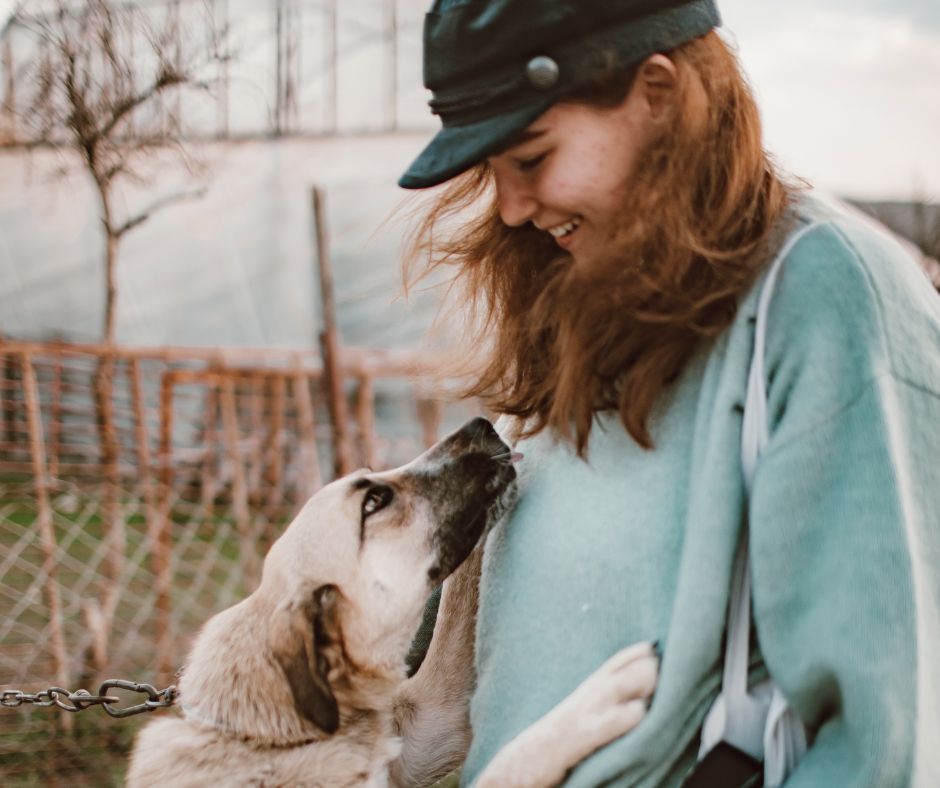Learn how to stop jumping on visitors with this comprehensive guide.

Introduction:
Dogs jumping on people, especially guests, is an incredibly common problem. Whether you’re trying to protect visitors from being knocked over or just want to avoid feeling embarrassed in public, it can be difficult to break your pup of this habit. Fortunately, there are several steps you can take to prevent your pup from jumping on people and help them develop better manners!
The urge to jump up when greeting is natural canine behavior. Most dogs want to smell family members’ faces when they come back. Of course, not everyone likes to be greeted that way, especially when your dog jumps on every one of your visitors. This can become a potentially dangerous situation as well as a real nuisance. Learn some training techniques from a professional dog trainer how to prevent jumping and keep four paws on the ground.
Tip 1:
Perform Obedience Training Exercises Before Greeting Guests:
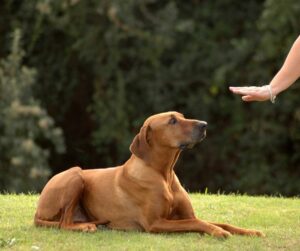 Doing obedience exercises such as sit and stay before introducing your pup to guests can help prevent them from jumping when meeting new people. This will help them stay focused on you and not the visitor, so they won’t be as likely to start jumping around.
Doing obedience exercises such as sit and stay before introducing your pup to guests can help prevent them from jumping when meeting new people. This will help them stay focused on you and not the visitor, so they won’t be as likely to start jumping around.
Tip 2:
Teach Incompatible Behaviors:
Teaching your pup to preform a behavior incompatible with jumping, such as sit, down or hand target, is one of the best ways to prevent them from jumping up on people. When you have a guest over, ask them to wait before entering the room while you cue your dog to sit. Once they comply, the guest can enter. This will help reinforce the idea that they won’t gain any access to the visitor until they are in a sitting position.You can even teach your dog to go to a special mat or bed to sit or lie down, called a station. It can be helpful for some dogs to have this visual cue and place to wait to be greeted.
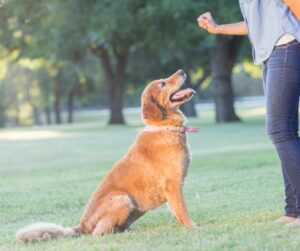
Tip 3:
Keep Your Pup Calm When Greeting Visitors:
Dogs often jump when they’re excited to meet guests, so it’s important to keep them calm when greeting visitors. If your pup starts getting overly excited when someone comes over, remove them from the situation and give them some time away from the person until they have calmed down. For very excited dogs, it can be helpful to proactively remove them for around 30 minutes when your visitor first arrives, to give them some settle time. A good spot for this is a room with a baby gate, pen or crate where the dog can still see and hear you and your guest. Giving your dog a stuffed Kong, lick mat, or something great to chew on during this time can make this an enjoyable routine them. Chewing and licking are also calming activities.
Tip 4:
Reward Good Behavior:
Whenever your dog behaves appropriately around guests, make sure to reward them for it! Positive reinforcement is one of the best ways to teach desired behaviors and ensure that your pup continues to keep their paws off people.
Tip 5:
Use a Leash for Control:
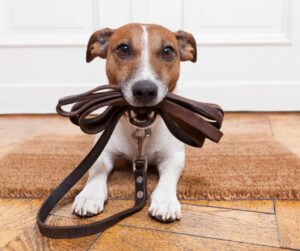 If all else fails, having your dog on a leash can help you control their movements and prevent them from jumping on guests. Keep in mind that it can take a while for your pup to learn how to behave around strangers, so be patient and consistent with training!
If all else fails, having your dog on a leash can help you control their movements and prevent them from jumping on guests. Keep in mind that it can take a while for your pup to learn how to behave around strangers, so be patient and consistent with training!
It’s important to have a plan when guests arrive. Practicing calm greetings with a family member will help solve this behavior problem. If you can keep your dog calm during training, your dog’s attention will be much better in a real-life scenario. Start training at an early age and every time you arrive home. Reward your dog with four feet on the floor as often as you can.
Conclusion
With consistent practice and positive reinforcement, you can help your pup learn better manners and stop them from jumping up on guests. Just be sure to stay patient and remember that bad habits take time to break! With these tips, you’ll have your pup behaving better in no time!
Trouble Shooting if Things aren’t Working: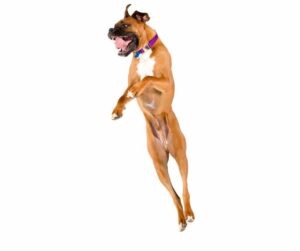
If your pup continues to jump on guests despite all your efforts, there may be underlying issues at play. If you’re having difficulty getting them to stop jumping up, try discussing the problem with a professional trainer oS behaviorist who can provide more tailored guidance and advice. They may also be able to pinpoint any potential health issues that could be contributing to the problem. With their help and these tips, you’ll soon have your pup behaving properly!
